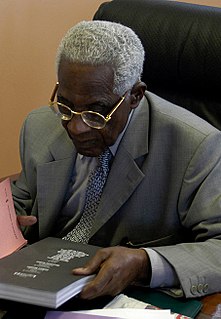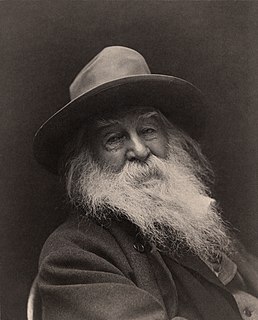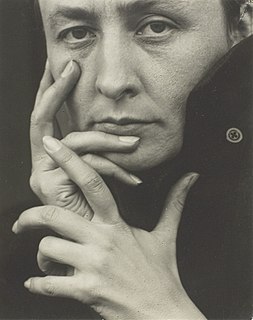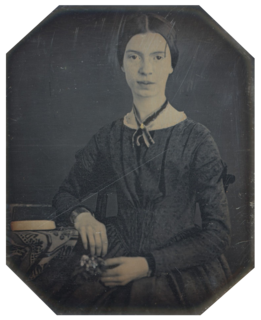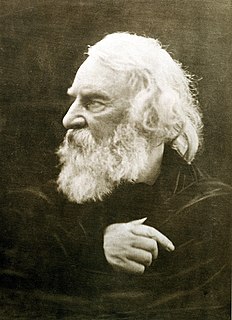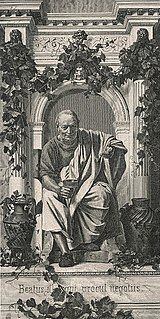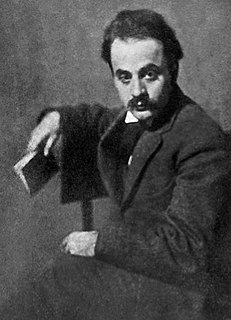A Quote by Aime Cesaire
It is no use painting the foot of the tree white, the strength of the bark cries out from beneath the paint.
Related Quotes
Christians, of all people, should not be destroyers. We should treat nature with an overwhelming respect. We may cut down a tree to build a house, or to make a fire to keep the family warm. But we should not cut down the tree just to cut down the tree. We may, if necessary, bark the cork tree in order to have the use of the bark. But what we should not do is to bark the tree simply for the sake of doing so, and let it dry and stand there a dead skeleton in the wind. To do so is not to treat the tree with integrity.
Its, the gum tree, main appeal to me has been its combination of mightiness and delicacy - mighty in its strength of limb and delicate in the colouring of its covering. Then it has distinctive qualities; in fact I know of no other tree which is more decorative, both as regards the flow of its limbs and the patterns the bark makes on its main trunk. In all its stages the gum tree is extremely beautiful.
Each painting seems to have a very specific size it wants to be. I have even started a painting or two over just because I didn't like the feeling of the particular image at a particular size. The Parlor needed to be large because I wanted it to feel like a full-size room you could step into. Unfortunately for me, I paint the same way on an eight-foot canvas as I do on a five-inch miniature. I still use very tiny brushes and noodle every square inch. It took me nearly a year to paint The Parlor.
Painting allows me to use other portions of my brain pleasurably. Irony plays no part in what or how I paint. I paint the particular subject matter not to make polemical points but because I am interested in the human imprint on the landscape. I paint the landscape of my time and place with the stuff in it.
I like painting because it's something I never come to the end of. Sometimes I paint a picture, then I paint it all out. Sometimes I'm working on fifteen or twenty pictures at the same time. I do that because I want to - because I like to change my mind so often. The thing to do is always to keep starting to paint, never finishing painting.
Think of a fine painter attempting to capture an inner vision, beginning with one corner of the canvas, painting what she thinks should be there, not quite pulling it off, covering it over with white paint, and trying again, each time finding out what her painting isn't, until she finally finds out what it is. And when you finally do find out what one corner of your vision is; you're off and running.
A murmuring, fateful, giant voice, out of the earth and sky, Voice of a mighty dying tree in the Redwood forest dense.... [T]he wood-spirits came from their haunts of a thousand years, to join the refrain; But in my soul I plainly heard. Murmuring out of its myriad leaves, Down from its lofty top, rising two hundred feet high, Out of its stalwart trunk and limbs - out of its foot-thick bark, That chant of the seasons and time - chant, not of the past only, but of the future.
The Pekes and the Pollicles, everyone knows, Are proud and implacable, passionate foes; It is always the same, wherever one goes. And the Pugs and the Poms, although most people say that they do not like fighting, will often display Every symptom of wanting to join in the fray. And they Bark bark bark bark bark bark Until you can hear them all over the park.
If a painting of a tree was only the exact representation of the original, so that it looked just like the tree, there would be no reason for making it; we might as well look at the tree itself. But the painting, if it is of the right sort, gives something that neither a photograph nor a view of the tree conveys. It emphasizes something of character, quality, individuality. We are not lost in looking at thorns and defects; we catch a vision of the grandeur and beauty of a king of the forest.
